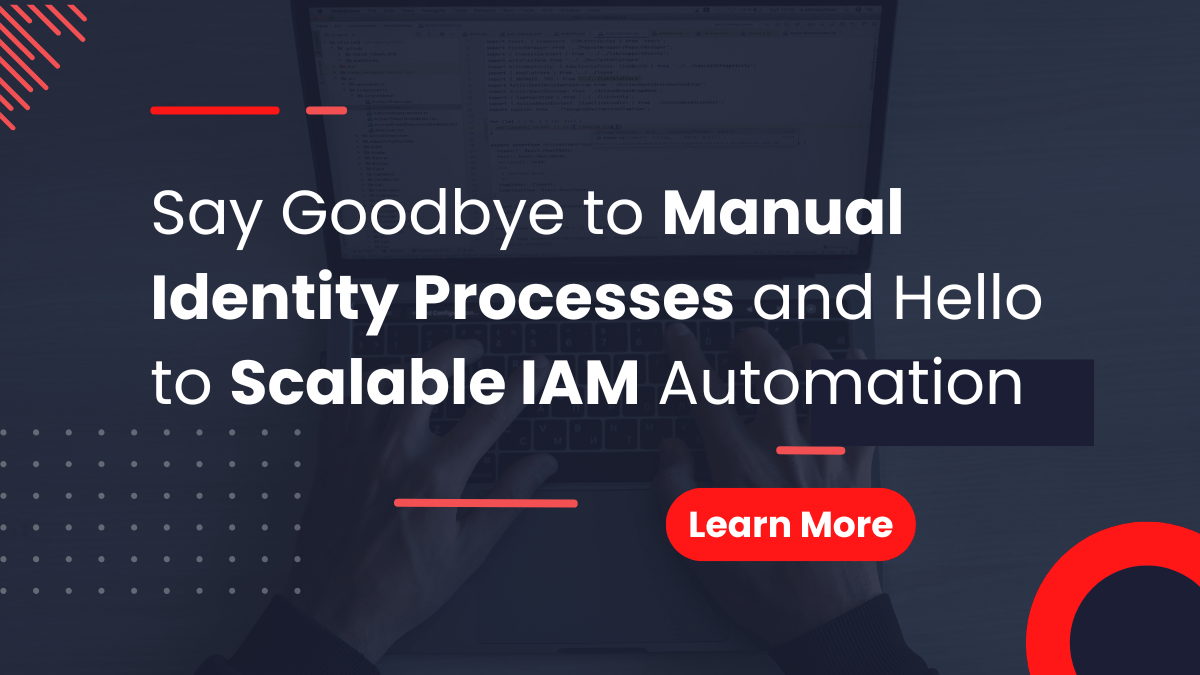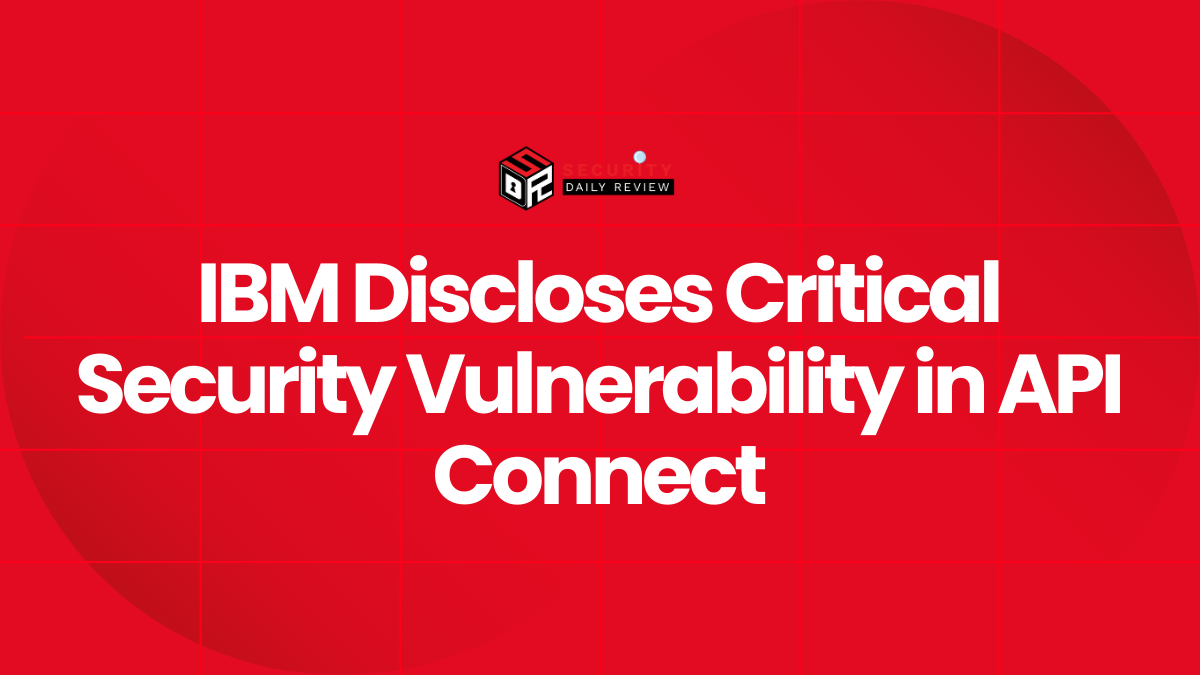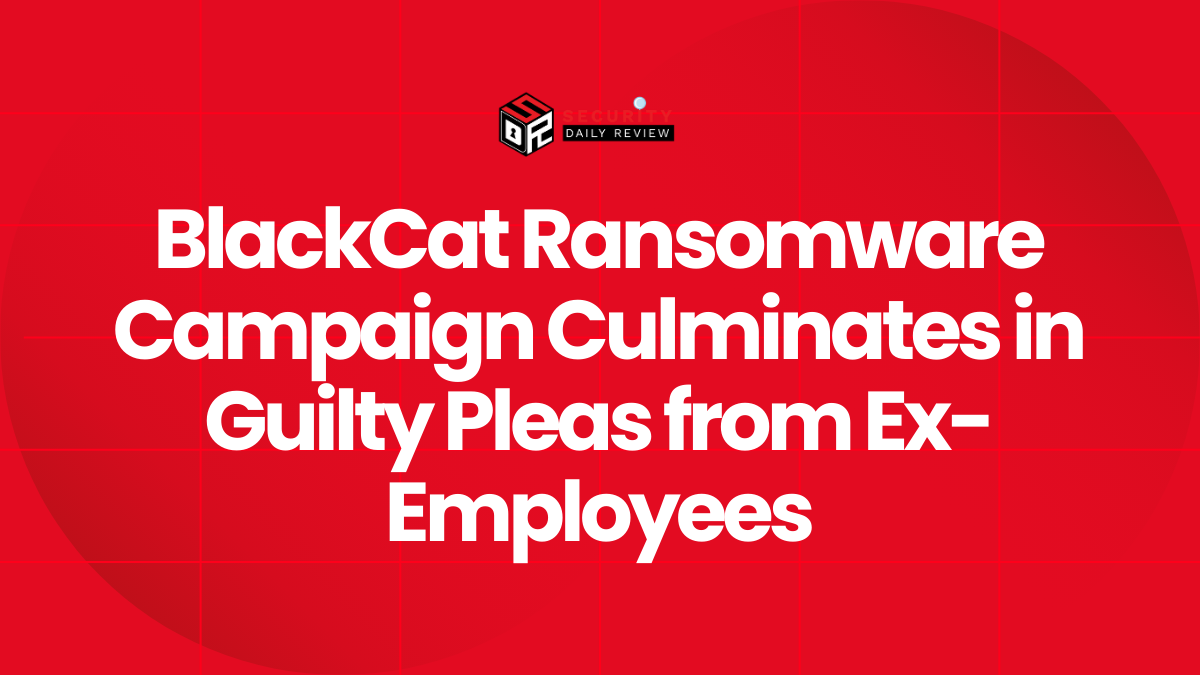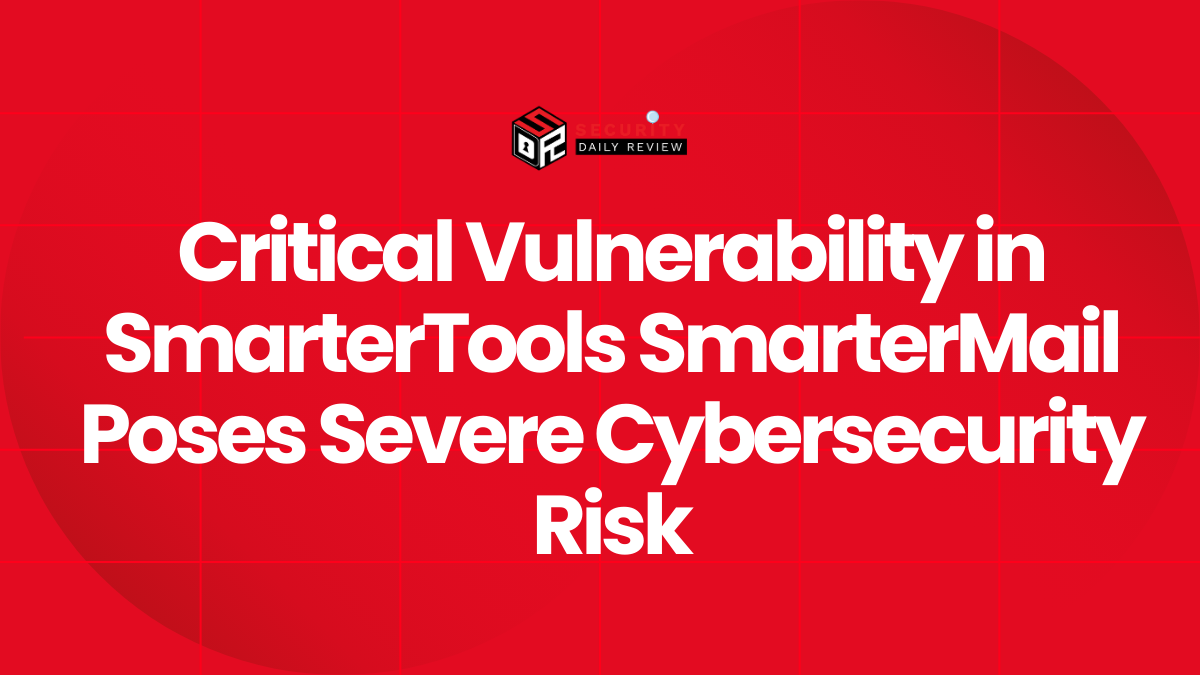The Problem with Manual Identity Processes
Manual identity processes are still common in many organizations—but they no longer meet the demands of modern infrastructure. As companies operate across multiple cloud platforms, support remote teams, and navigate evolving compliance requirements, outdated methods like email approvals, spreadsheets, and ticket-based access controls fall short. These fragmented workflows not only slow teams down—they also create security and audit risks that organizations can’t afford.
Manual identity processes often lead to:
- Human error: IT teams can accidentally leave access open when users change roles or exit the organization. One missed deprovisioning can be catastrophic. The 2025 Verizon Data Breach Investigations Report (DBIR) warns that nearly 60% of breaches involve a human element, whether through error, manipulation, or malicious misuse.
- Delayed access: Employees or contractors wait hours—or days—for critical system access, impacting productivity and customer service.
- Audit failures: Without automated logs or proof of periodic reviews, companies struggle to meet audit requirements and compliance frameworks like HIPAA, SOC 2, or GDPR.
- Security vulnerabilities: Orphaned accounts, over-provisioned users, and stale permissions increase the likelihood of data breaches and insider threats.
The longer an organization sticks to these outdated approaches, the higher the operational and reputational risks become.
Why Scalable IAM Automation Is the Future
Modern Identity and Access Management (IAM) automation offers a scalable, policy-driven framework that adapts to growing business demands. It transforms identity processes from a security liability into a competitive advantage.
1. Automated Provisioning and Deprovisioning
Automating the identity lifecycle ensures that users receive the right access at the right time—and lose it immediately when they no longer need it.
- New employees or partners are onboarded automatically through integrations with HR and directory systems.
- Access is granted based on defined roles, departments, or projects, ensuring consistent entitlements.
- When an employee leaves or switches roles, access is revoked instantly, reducing exposure windows.
This not only improves operational speed but significantly cuts down insider threat risks caused by access lingering beyond necessity.
2. Dynamic Access Reviews
Compliance doesn’t need to be a burden. IAM automation empowers organizations to implement intelligent access governance across all systems—cloud and on-prem.
- Automated campaigns allow managers to review access rights with just a few clicks.
- The system flags excessive permissions or role creep, prompting corrective actions.
- Review logs and activity trails are auto-saved for audit readiness, reducing the scramble during assessments.
By shifting from periodic, reactive reviews to continuous governance, companies improve both security and compliance posture.
3. Least Privilege by Design
Enforcing least privilege is difficult without automation—but with the right IAM tools, it becomes the default mode of operation.
- Time-bound, just-in-time (JIT) access grants ensure users only access sensitive resources when absolutely necessary.
- Temporary project-based access can auto-expire without requiring IT intervention.
- System-generated risk scores can dynamically restrict or elevate permissions based on behavior.
This approach not only limits the blast radius of credential compromise but aligns closely with zero trust principles.
IAM Automation in the Cloud Era
As organizations accelerate digital transformation, IAM automation must extend beyond the corporate network to cover SaaS platforms, cloud workloads, and DevOps environments. The rise of multi-cloud and hybrid setups makes manual management untenable.
Leading IAM automation solutions offer:
- Prebuilt integrations with Azure AD, Okta, AWS IAM, Google Workspace, and Salesforce
- Unified policies and access visibility across disparate environments
- Real-time synchronization between identity sources and cloud service providers
Such integrations allow organizations to enforce consistent policies while maintaining agility—crucial for onboarding third parties, managing remote workers, and scaling operations securely.
Real-World Results That Matter
The ROI of switching from manual to automated IAM is undeniable. Across industries, organizations are reducing risk, improving compliance, and increasing efficiency through automation.
- 75 percent drop in identity-related incidents such as unauthorized access or insider misuse
- 50 percent faster onboarding for new hires and contractors
- 100 percent audit pass rate, thanks to continuous access logging and automated reporting
- 30+ hours per week saved by IT teams previously bogged down in repetitive identity tasks
Identity and access management is fundamental to organizations that the global market for IAM solutions is expected to reach $43.1 billion by 2029.
“Our IT staff now focuses on strategic projects instead of resetting passwords or revoking access. IAM automation changed the game.”
— CIO, Mid-Market SaaS Firm
These results underscore that identity automation is not just a security enhancement—it’s an operational catalyst.
Conclusion
It’s no longer acceptable—or secure—for enterprises to manage digital identities manually. As cyber threats become more sophisticated and regulatory demands intensify, organizations must adopt scalable IAM automation to protect assets, reduce friction, and stay compliant.
By automating identity provisioning, enforcing least privilege, and enabling real-time governance, businesses position themselves to grow securely in a hyperconnected world.
Say goodbye to manual identity processes—and say hello to a smarter, safer, and more scalable future.









